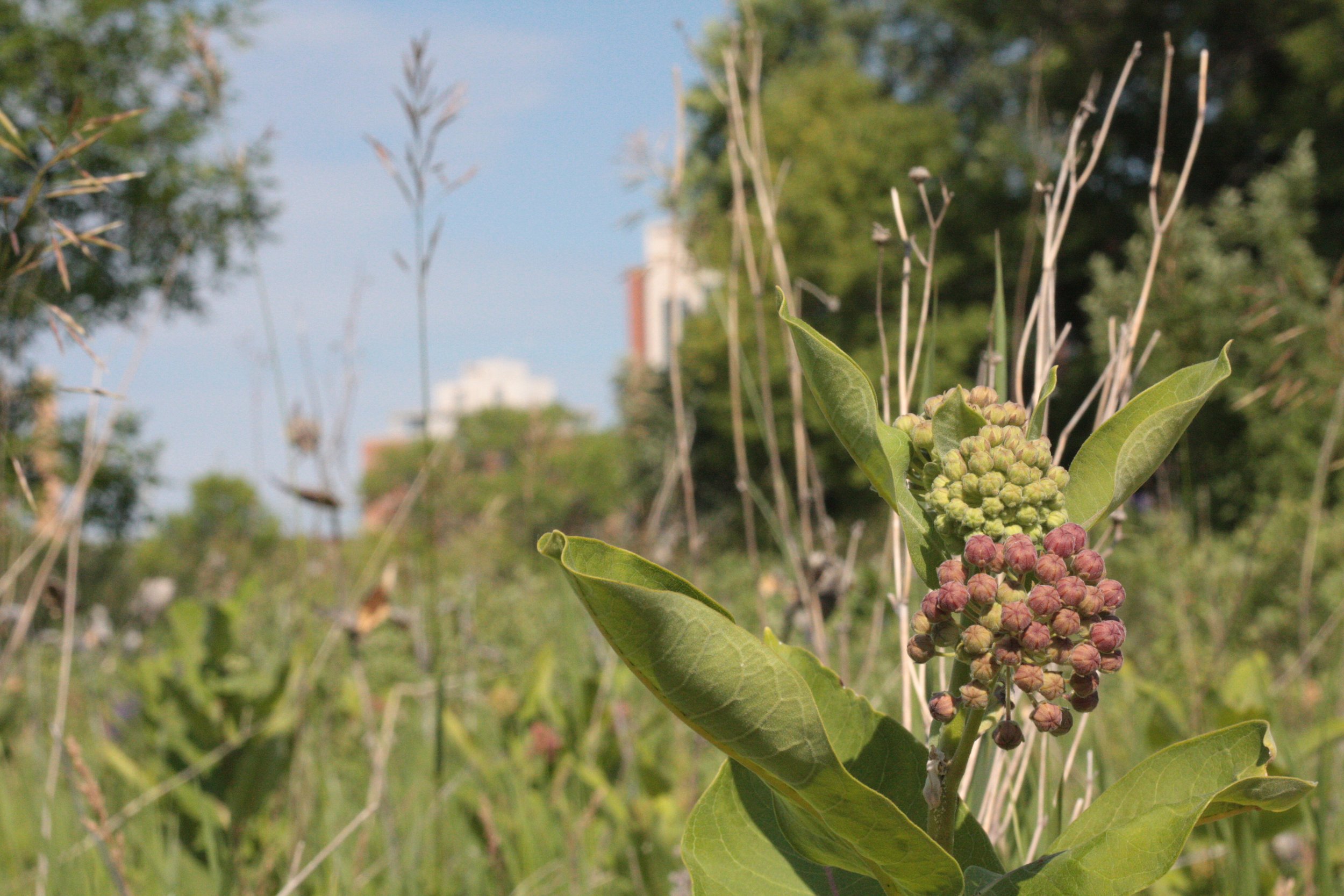Reading - Pauline Boutal
I like my bookshelves to contain books that smile back at me with the smug satisfaction of having been read and not the opposite… the furrowed-brow sigh of waiting-to-be-read. But it happens. Sometimes I pick up a book second-hand and put it on a shelf for awhile. Pauline Boutal’s biography, written by Louise Duguay, was such a book. The delay is unexplainable, except that maybe the familiar suffers at the expense of the exotic…
But Pauline’s life was romantic! And from so far in the past, it was a little exotic too…
Her family, like my husband’s ancestors, immigrated from Brittany. Her father made stained glass windows. She worked as a typesetter for a small local newspaper at age 15. The paper’s editor recommended she take drawing classes. They both liked theatre. Over time, she and the editor fell in love. They married in 1916. For many years Pauline was an illustrator for the Eaton’s catalogue. She honed her talent for drawing and produced pastel portraits, took more courses and painted landscapes. She helped her husband produce plays for the theatre group he directed - le Cercle Molière - and Pauline not only acted, she did a lot of the related artwork. They were friends with Gabrielle Roy. And then suddenly Pauline’s beloved husband died, age 54.
Pauline grieved and filled the second half of her life with the direction of the theatre, more classes, more travel, more art. As she aged, she let go of theatre direction, travelled a little less, painted buildings in St. Boniface and mourned changes in the landscape. (In particular, she mentions buildings pictured on pages 8, 27 and 29 of this PDF about St. Boniface.) She died in 1992, at 96.
(Above: one of my favourite paintings of hers from the book, titled Le Prunier.)
The biography contains many photos and paintings, but you can get a little idea of her life on the Radio-Canada website here.
Eating
For company this week, I made a reliable pasta recipe, but changed things up a bit for the salad, loosely following Nigella’s salad recipe in Cook Eat Repeat.
She writes:
For 2 romain hearts and 1 iceberg lettuce ([…] or indeed any lettuce you want), you will need, well in advance, to peel a large shallot and slice into 1/3 cup of fine half-moons. Put these in a jar or a bowl, and pour over 3 tablespoons of red wine vinegar. Push the curls of shallot down with a teaspoon so that they’re submerged, and replace the lid on the jar, or cover the bowl with food wrap, and leave to steep for at least 6 hours.
When you’re ready to go on the night itself, tear the lettuces into bite-sized pieces and drop them into the largest mixing bowl in the house. Stir 3 tablespoons of finely chopped chives into the vinegar-steeping shallots, followed by 1/3 cup of extra-virgin olive oil, 1/2 teaspoon of Dijon mustard and an amber drop of honey or maple syrup. Put the lid back on the jar and shake to mix, or whisk if the dressing’s in a bowl, and add salt to taste. Pour half of it over the leaves and toss gently but thoroughly for twice as long as you think it needs, then add as much of the rest as required, going slowly all the time. Turn into a very large salad bowl, or divide between two bowls, and sprinkle a couple more tablespoons of finely chopped chives over the top.
It was perfect!
Enjoying
When well-written, obituaries can provide excellent perspective, and this one, read on the TikTok account “Tips From Dead People”, did just that.
The latest episode from the podcast People I Mostly Admire titled “How to Help Kids Succeed” focused a lot on adult’s attitudes toward teenagers (like enforcer, protector, mentor) and it felt like an affirming listen.
Postcard
Milkweed is growing abundantly in the grassy parts of Henteleff Park. Recently I read this from Candace Savage’s book Prairie: A Natural History of the Heart of North America:
Some plants - like the big, bold butterfly milweed of the tall-grass prairies - vanish from the range the second they appear because the cows enjoy eating them. Out in the pasture, grizzled rangemen shove their Stetsons back off their brows and lean against their pickups to discuss the status of these “ice-cream plants” in their pastures. (p 106)
I’m so happy to think of them with this image in mind!
Happy Sunday!

